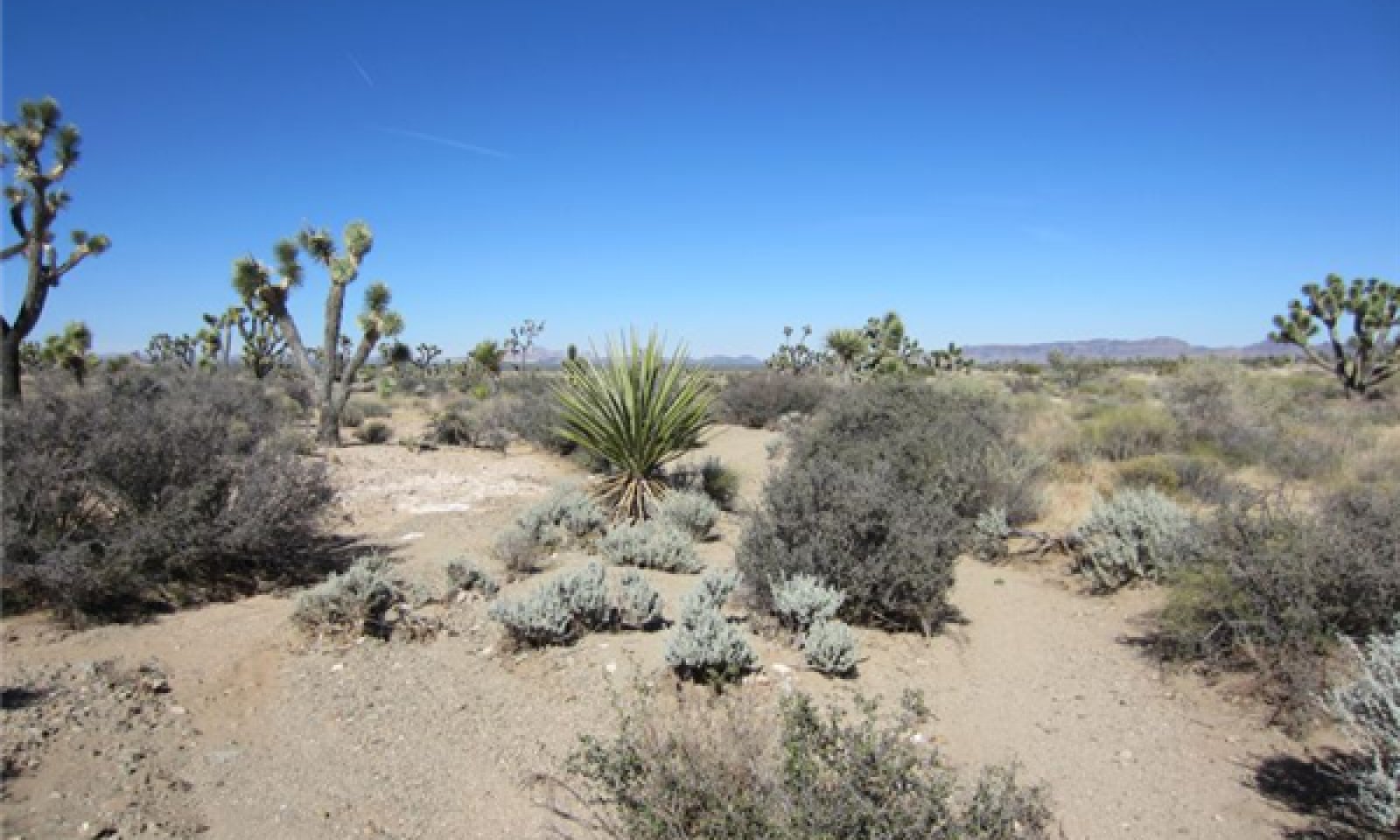

Natural Resources
Conservation Service
Ecological site R030XY227CA
Sandy Thermic Narrow Channels
Last updated: 10/21/2024
Accessed: 12/22/2024
General information
Provisional. A provisional ecological site description has undergone quality control and quality assurance review. It contains a working state and transition model and enough information to identify the ecological site.
MLRA notes
Major Land Resource Area (MLRA): 030X–Mojave Basin and Range
MLRA statement:
Major Land Resource Area (MLRA) 30, Mojave Desert, is found in southern California, southern Nevada, the extreme southwest corner of Utah and northwestern Arizona within the Basin and Range Province of the Intermontane Plateaus. The climate of the area is hot (primarily hyperthermic and thermic; however at higher elevations, generally above 5000 feet, mesic, cryic and frigid) and dry (aridic). Elevations range from below sea level to over 12,000 feet in the higher mountain areas found within the MLRA. Due to the extreme elevational range found within this MLRA, LRUs were designated to group the MLRA into similar land units.
XY Land Resource Unit (LRU):
This LRU is found throughout the Mojave Desert MLRA. This LRU designation is set aside for ecological sites that are driven by environmental or chemical features that override the climatic designations of the other LRU’s or are atypical compared to the surrounding landscape. Common overriding XY characteristics within this MLRA include: ephemeral streams subject to flash flood events, riparian areas or other water features, and soils with strong chemical influence (Na, Ca, etc).
Ecological site concept
This ecological site occurs on gently sloping, narrow, first and occasionally second order ephemeral drainageways in the eastern Mojave Desert. This site has developed in response to frequent, low-intensity flash flood events from runoff from adjacent fan remnants and hills. Soils are very deep sands with little soil development. Increased water availability due to flooding and greater water storage in the deep sands increases the productivity and diversity of this site relative to adjacent uplands. The rare eastern Mojave endemic, Mojave desert plum (Prunus eremophila) is a characteristic species of this ecological site. Other important species include catclaw acacia (Acacia greggii), purple sage (Salvia dorrii), big galleta (Pleuraphis rigida), and bush muhly (Muhlenbergia porteri).
Associated sites
| R030XB107NV |
COARSE GRAVELLY LOAM 5-7 P.Z. This site occurs on adjacent fan remnant footslopes with occasional flooding. |
|---|---|
| R030XB231CA |
Shallow To Moderately Deep Petrocalcic Fan Remnants (Provisional) This site occurs on adjacent fan remnants. Creosote bush (Larrea tridentata), winterfat (Krascheninnikovia lanata), and burrobush (Ambrosia dumosa) are dominant species. |
Similar sites
| R030XY202CA |
Very Rarely To Rarely Flooded Thermic Ephemeral Stream This ecological site occurs on Torripsamments in the western Mojave Desert with less summer precipitation. California jointfir (Ephedra californica), burrobush, and Mojave indigobush (Psorothamnus arborescens) are dominant species and Mojave desert plum is not present. |
|---|---|
| R030XY188CA |
Slightly Alkaline, Rarely To Occasionally Flooded Ephemeral Stream This site occurs at lower elevations. Hall's shrubby spurge (Tetracoccus hallii) is a dominant species and Mojave desert plum is not present. |
| R030XY219CA |
Ustic Ephemeral Drainageway Order 3 This site occurs on much larger, more complex drainageways. Mojave desert plum is not present. |
| R030XY220CA |
Ustic Ephemeral Drainageways Order 2 This ecological site occurs on larger order drainageways, and has a greater complexity of community components. Mojave desert plum is not present. |
Table 1. Dominant plant species
| Tree |
Not specified |
|---|---|
| Shrub |
(1) Prunus eremophila |
| Herbaceous |
(1) Pleuraphis rigida |
Click on box and path labels to scroll to the respective text.

